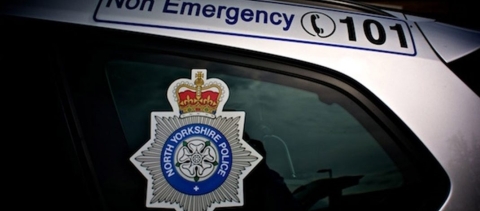Introduction
Known as the Sport of Kings, Horse racing was discovered by the ancient Egyptians to the modern-day. Horses and human relationships have a longer history than any other human-animal relationship; no wonder the sport is one of the biggest and wealthiest sports on the planet. Read more about more sports news on Harrogate-news.co.uk.
Terminology
Horse racing can be a little complicated for many, with its numerous terminologies from filler to Ginneas to furlongs, Gelding. Fractions, Quarter crack, Quarter Pole, Rank, Lug In, Rate, Scratch, odds, shake up, Turf course, and many more.
Track and Ground
Followers of UK and Irish races could think all racing occur only on grass and turf. It is actually not the case, especially in non-European countries where they majorly race dirt, in mixtures of sand and mud. With the advancement in technology, the introduction of artificial synthetic and all-weather tracks is now been installed at racecourses across the world.
As a matter of fact, Dirt happens to be the fastest of all horseracing surfaces when it is firm. They are mostly used in North and South American countries such as Canada, the USA, Brazil, and although there are few high profile turfs too it is dirt that is commonly used in the United States and Canada, but this danger doesn’t apply in the famous Festival, with Cheltenham lineup always proving to be top notch as they understand what the dangers are and how to avoid them. Dirt surface is also commonly used in Japan. Dirt surfaces are also used in the Middle East and the United Arab Emirates.
Dangers
Despite being one of the most popular sports around, it’s thought to be a dangerous sport for both jockey and horse. Imagine recording the death of five horses in the first four weeks of a race season. This shows how dangerous the sport is. According to reports, 493 Thoroughbred racehorses died in the year 2018, more deaths were recorded in 2019.
The next question that comes to mind is what the cause of the deaths is. Most of these deaths have been linked to limb injuries sustained by the horses, followed by multi-organ system failure, digestive and respiratory disorders.
It has also been reported that the increase in the death of horses is because the sport has become increasingly competitive. Horses are made to go through the heavy routine without getting enough rest, especially in unfavorable temperate.
Fatal Injuries
While humans can easily treat a broken leg, a broken leg leads to death for horses. This is the case because horses have little soft tissue in their foot that makes the bone tear through the skin or terminates circulation to the remainder of the limb, leaving the horse prone to infection.
At times, in severe cases, the bone of the horse shatters, making it almost impossible to reassemble. Even if the bones assemble, it wouldn’t be able to carry the weight for many weeks, which will ultimately lead to the death of the horse.
Even before the death of the horse, when the horse is unable to stand properly on its four legs, it falls, and its jockey is often injured as well.
Drugging
Many trainers of horses have been accused of drugging horses with stimulants like performance-enhancing drugs or painkillers, which will only make a bad situation even worse.
This is done to make the horses run faster and enhance their strength to last longer on the race track. Many of these drugs cause urination and then the loss of weight. Since lighter horses run faster than the bigger ones, they gain help win races, however with terrible consequences






